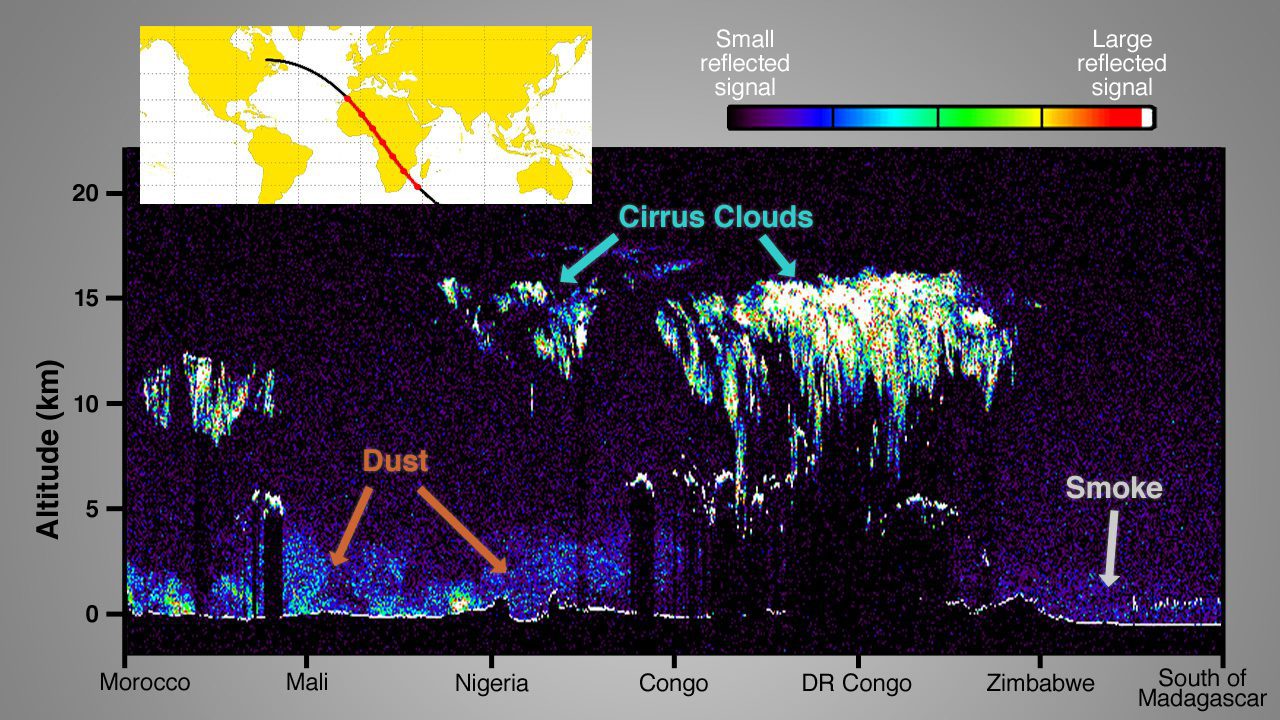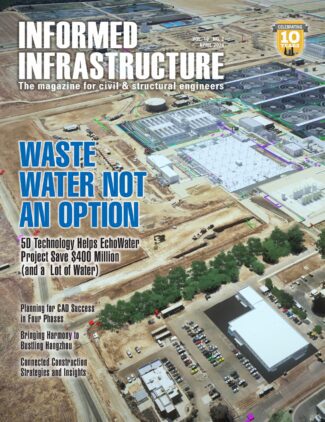By Steve Cole, public affairs officer, Earth Science Division, NASA (www.nasa.gov), Washington, D.C. Four new NASA Earth-observing missions are collecting data from space—with a fifth newly in orbit—after the busiest year of NASA Earth science launches in more...


